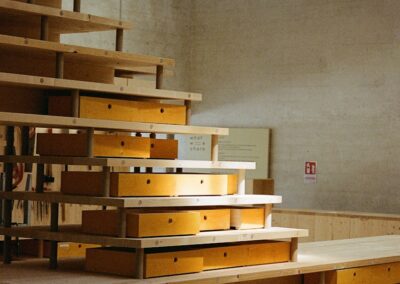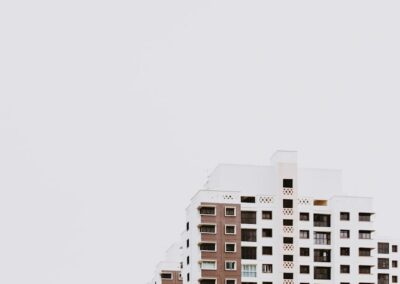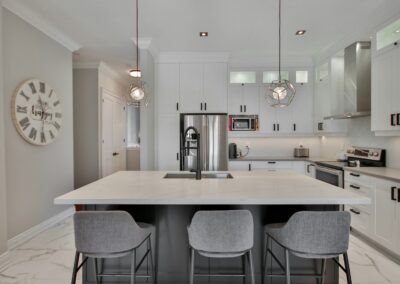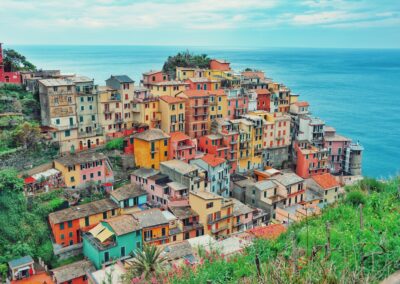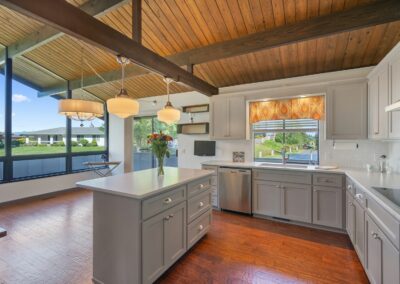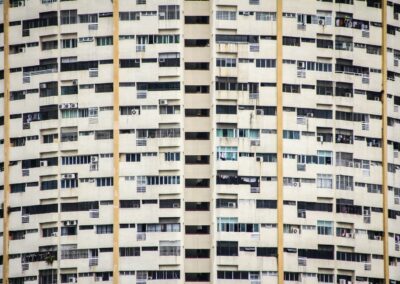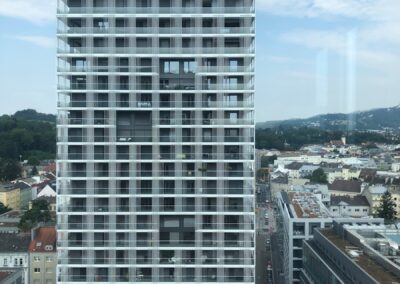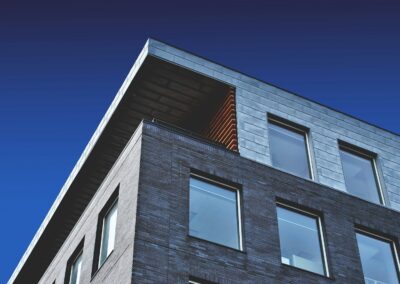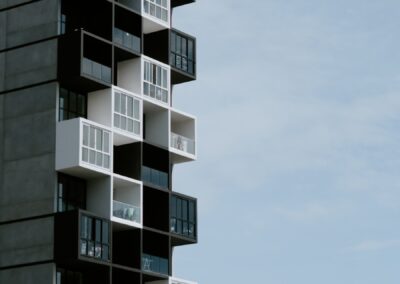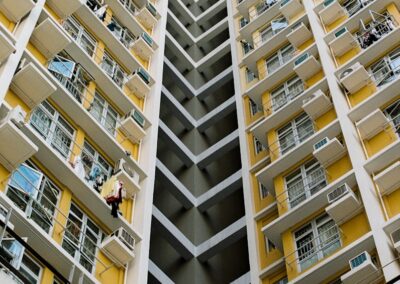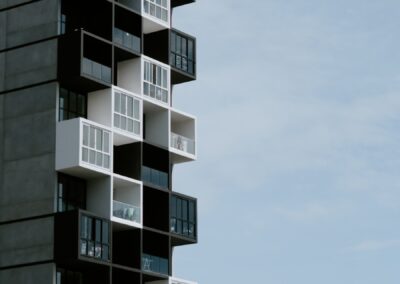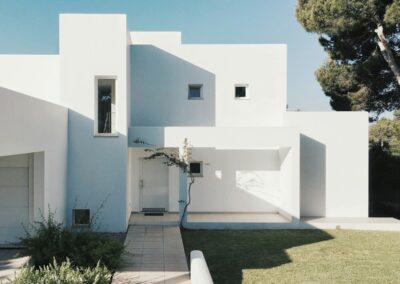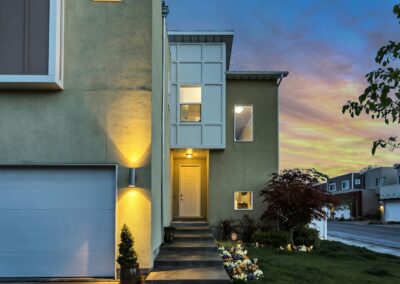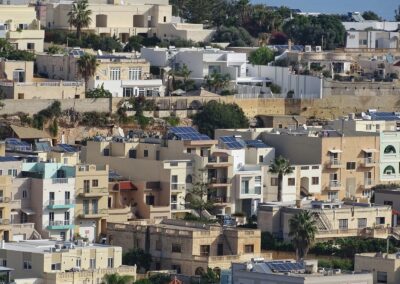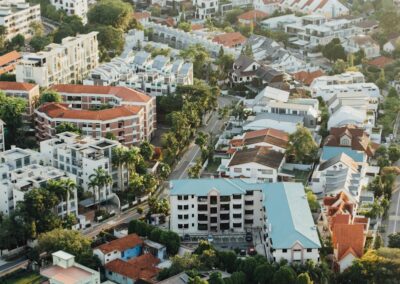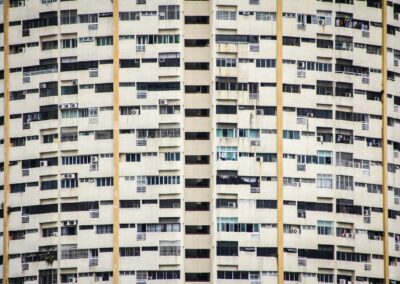Understanding the Challenges of Modular Housing Integration
Introduction to Modular Housing in Urban Landscapes
The concept of integrating modular housing in urban landscapes is gaining traction as cities like Riyadh and Dubai seek innovative solutions to accommodate growing populations and address housing shortages. Modular housing, which involves prefabricated units that can be assembled quickly on-site, offers a promising approach to urban development. However, the integration of these housing units into existing urban environments presents several challenges that require careful consideration and innovative design.
In Saudi Arabia, the demand for efficient and sustainable housing solutions is driving interest in modular housing. Riyadh, as the capital and largest city, faces significant pressure to provide affordable housing while maintaining the city’s architectural integrity and cultural heritage. Similarly, in the UAE, Dubai’s rapid urbanization necessitates innovative approaches to housing that can keep pace with the city’s dynamic growth while ensuring sustainability and livability.
The successful integration of modular housing into urban landscapes requires addressing various challenges, including compatibility with existing infrastructure, aesthetic cohesion with surrounding buildings, and compliance with local regulations and standards. By understanding these challenges, cities like Riyadh and Dubai can develop strategies to seamlessly incorporate modular housing into their urban fabric, enhancing both functionality and aesthetics.
Challenges in Compatibility with Existing Infrastructure
One of the primary challenges of integrating modular housing in urban landscapes is ensuring compatibility with existing infrastructure. Modular units must be connected to utilities such as water, electricity, and sewage systems, which can be complex in densely populated urban areas. In Riyadh, the existing infrastructure may not always align with the requirements of modular housing, necessitating upgrades or modifications to accommodate new units.
In Dubai, the integration of modular housing into the city’s advanced infrastructure poses its own set of challenges. The city’s commitment to smart city initiatives and cutting-edge technology means that modular housing must be equipped with the latest innovations in connectivity and automation. Ensuring seamless integration with Dubai’s smart infrastructure requires careful planning and coordination with various stakeholders, including utility providers and technology firms.
To address these challenges, cities can leverage advanced planning tools and technologies. For example, digital twins and 3D modeling can help urban planners visualize and simulate the integration of modular units with existing infrastructure. These tools enable precise planning and identification of potential issues before construction begins, ensuring a smoother integration process and minimizing disruptions to the urban environment.
Ensuring Aesthetic Cohesion and Architectural Compatibility
Another significant challenge is achieving aesthetic cohesion and architectural compatibility with existing buildings. Modular housing units, while efficient and cost-effective, can sometimes clash with the architectural style of surrounding structures. In Riyadh, where traditional architecture and modern designs coexist, ensuring that modular housing units complement the city’s aesthetic is crucial for maintaining visual harmony.
Dubai, known for its iconic skyline and innovative architecture, faces similar challenges in integrating modular housing. The city’s diverse architectural landscape includes futuristic skyscrapers and traditional Arabic designs. Modular housing units must be designed to blend seamlessly with this varied architectural context, enhancing rather than detracting from the city’s visual appeal.
Innovative design solutions can help address these aesthetic challenges. Customizable facades, modular components that mimic local architectural styles, and the use of high-quality materials can ensure that modular housing units complement their surroundings. In addition, collaboration with local architects and designers can result in creative solutions that integrate modular housing into the urban fabric while respecting cultural and architectural heritage.
Innovative Design Solutions for Seamless Integration
Utilizing Advanced Technologies for Modular Housing
The integration of advanced technologies plays a pivotal role in addressing the challenges of modular housing in urban landscapes. In Riyadh, the use of Building Information Modeling (BIM) and digital twin technologies allows for precise planning and execution of modular housing projects. These technologies enable real-time collaboration among architects, engineers, and urban planners, ensuring that all aspects of the project are aligned and potential issues are addressed early in the design phase.
In Dubai, the implementation of smart technologies enhances the functionality and sustainability of modular housing. Smart home systems, energy-efficient appliances, and advanced building materials contribute to the overall sustainability of modular units. By incorporating IoT devices and automation, modular housing in Dubai can offer residents enhanced comfort and convenience while reducing environmental impact.
Furthermore, the adoption of sustainable construction practices, such as the use of renewable energy sources and eco-friendly materials, ensures that modular housing projects align with the broader goals of sustainable urban development. These technologies not only address the challenges of integration but also contribute to the long-term viability and resilience of urban environments.
Addressing Regulatory and Compliance Challenges
Ensuring that modular housing projects comply with local regulations and standards is essential for their successful integration into urban landscapes. In Riyadh, regulatory frameworks governing construction, zoning, and environmental impact must be carefully navigated to ensure compliance. Modular housing projects must meet the same safety and quality standards as traditional construction, which requires rigorous planning and adherence to local building codes.
Dubai’s regulatory environment also presents challenges for modular housing integration. The city’s commitment to innovation and sustainability is reflected in its stringent building standards and environmental regulations. Modular housing developers must work closely with local authorities to ensure that their projects meet all regulatory requirements, from design and construction to occupancy and maintenance.
Collaboration with regulatory bodies and stakeholders is crucial for navigating these challenges. By engaging with local authorities early in the planning process, developers can gain a clear understanding of regulatory expectations and address any potential issues before construction begins. This proactive approach ensures that modular housing projects are compliant, safe, and sustainable.
Promoting Community Engagement and Acceptance
Community engagement and acceptance are vital for the successful integration of modular housing into urban landscapes. In Riyadh, fostering a sense of community and ensuring that residents are supportive of modular housing projects can help mitigate resistance and promote acceptance. Public consultations, informational sessions, and collaboration with community organizations can build trust and ensure that residents are informed and engaged throughout the process.
Dubai’s approach to community engagement includes leveraging digital platforms and social media to communicate with residents and gather feedback. Transparent communication about the benefits of modular housing, such as affordability, sustainability, and efficiency, can help address any concerns and build support for these projects. Engaging residents in the planning and design process also ensures that modular housing developments reflect the needs and preferences of the community.
Additionally, showcasing successful modular housing projects in other cities and regions can demonstrate the feasibility and benefits of these developments. By highlighting case studies and best practices, cities like Riyadh and Dubai can inspire confidence in modular housing as a viable and beneficial solution for urban development challenges.
Conclusion
The successful integration of modular housing in urban landscapes requires a comprehensive and innovative approach to addressing various challenges. In cities like Riyadh and Dubai, leveraging advanced technologies, ensuring aesthetic and architectural compatibility, navigating regulatory frameworks, and promoting community engagement are essential for seamless integration. By adopting these strategies, modular housing can provide efficient, sustainable, and aesthetically pleasing solutions to urban housing challenges, contributing to the long-term viability and resilience of urban environments.
#ModularHousing #UrbanDevelopment #InnovativeDesign #SmartCities #SustainableHousing #RiyadhArchitecture #DubaiConstruction #UrbanChallenges


